24 March 2024, by Sherri Mastrangelo
A local historical association member has been adding a picture of their adorable cat to the historical photos they post on Facebook, as the official Palo Alto Historical Association, without any mention that the photos have been edited. Did anyone notice? And should we care?
Palo Alto, California, established 1894, is located south of San Francisco, on the bay area peninsula. It is the self-declared “birthplace of Silicon Valley”, as the founding location of many well-known tech companies, and is home to Stanford University. On their homepage, pahistory.org, the Palo Alto Historical Association says “Our mission is to collect, preserve and make available to the public information about the history of Palo Alto.” Their Facebook page has 1.4k followers.
Recently, when browsing Facebook, I noticed something odd about their images….
At first glance, would you think this cat was original to this photo?
Honestly, I didn’t think anything was strange about the above photo of the feline in the pharmacy, until I saw a few of the other “historical” photographs - like the well-dressed kitty in the below image:
This one made my six-year old laugh. A joke to be sure - but at the time of the event, or when it was posted here?
As you can see, these images are part of a Facebook post. Does the post mention anything about the cat? Well, yes and no.
1929?
In this example to the right, the Facebook post describes the images in the post. With regards to the photo shown above, the post mentions “a cat in an off-the-rack, untailored suit, 1929…”
Obviously this is meant as a bit of humor. When reached for a comment, the poster, who stated he is a board member of the Palo Alto Historical Association, replied that “Adding my cat to selected photos is a fun pastime that I hope draws viewers in to explore what the photo represents to our local (Palo Alto) history.”
He also says “I've placed my cat Kiara in photos for a year now since adopting her from a rescue.”
It’s unclear if those in the group are even aware of the adorable additions, aside from one or two comments about noticing a cat in the image. What do you think?
If historical photographs are edited in any way, should that be disclosed to the audience? Even if it’s meant to be amusing?
Furthermore, how can we as researchers trust any historical images we find online these days? And what counts as a reputable source?
I’d love to hear your thoughts. I’ve included a few more photos of Kiara the time-traveling cat below. These images can also be accessed on the Facebook page of the Palo Alto Historical Association.
Matching hats of the time.
The cat appears in the doorway in the center of the image above.
Kiara, not afraid of heights.
At first glance I didn’t see her in this one…
The sepia-toned cat going for a ride.
Share your thoughts below.



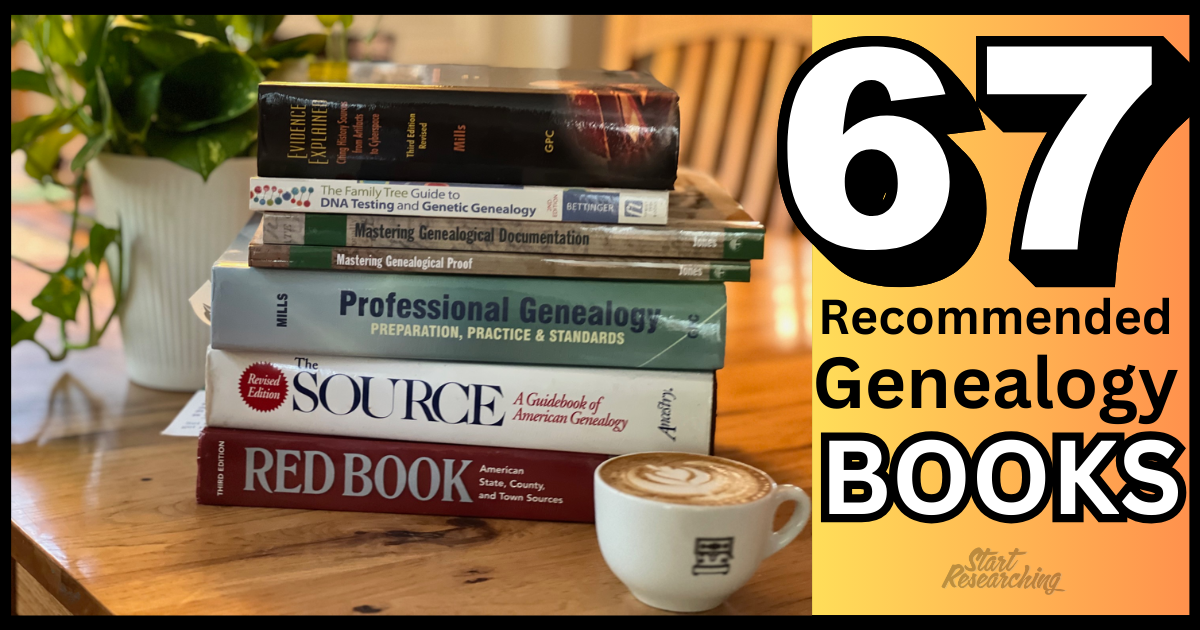







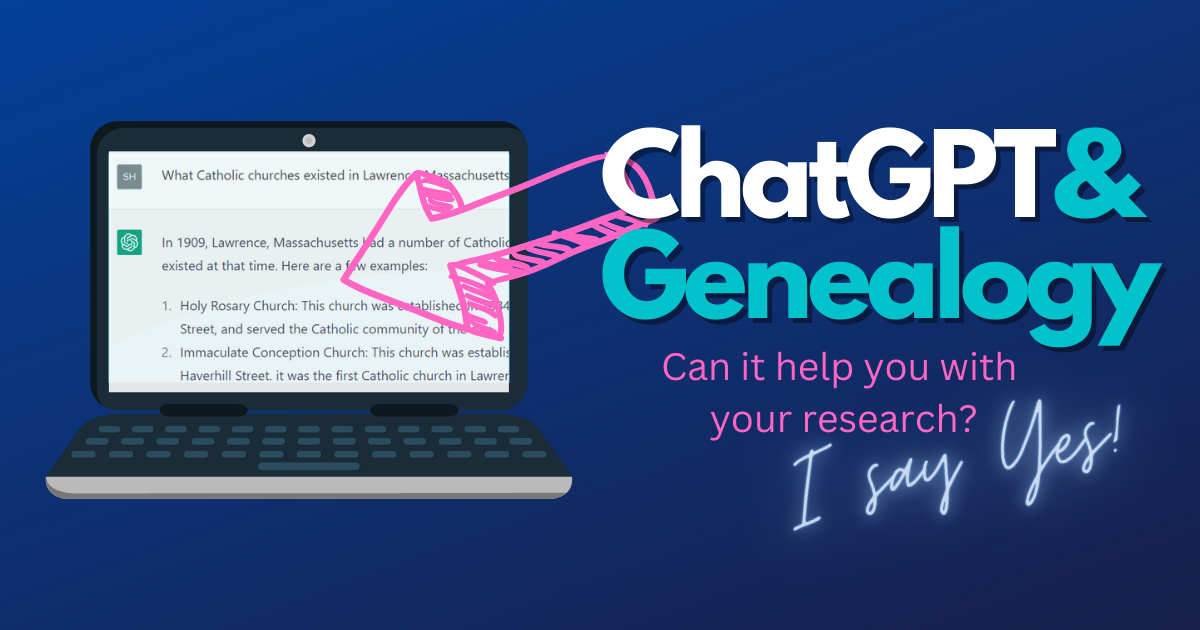
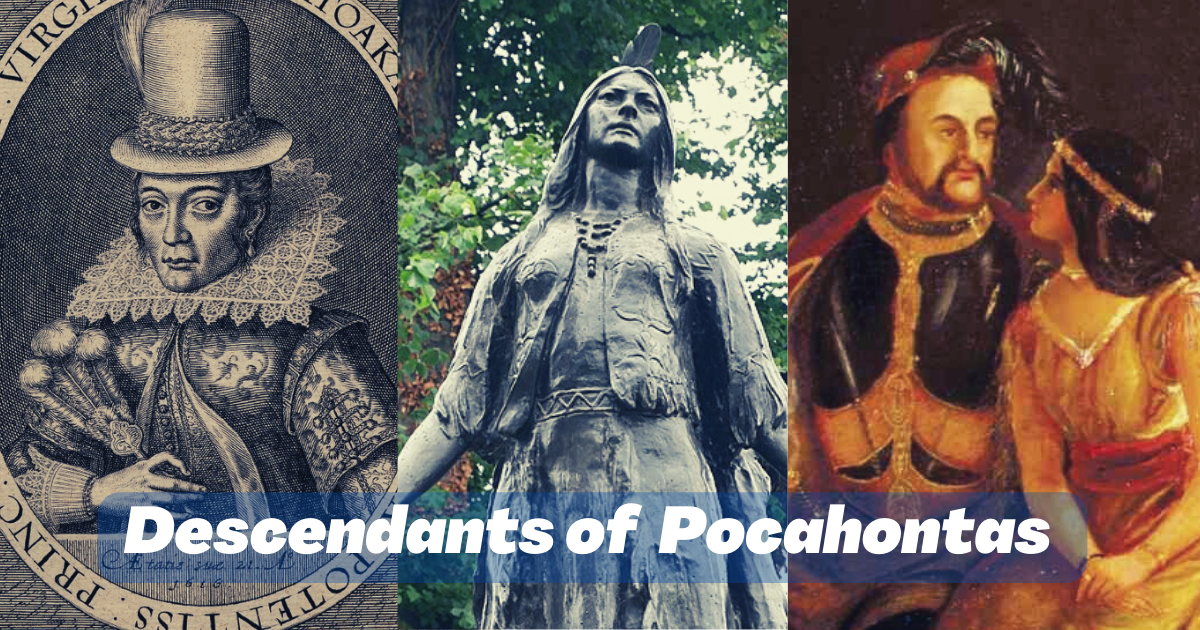














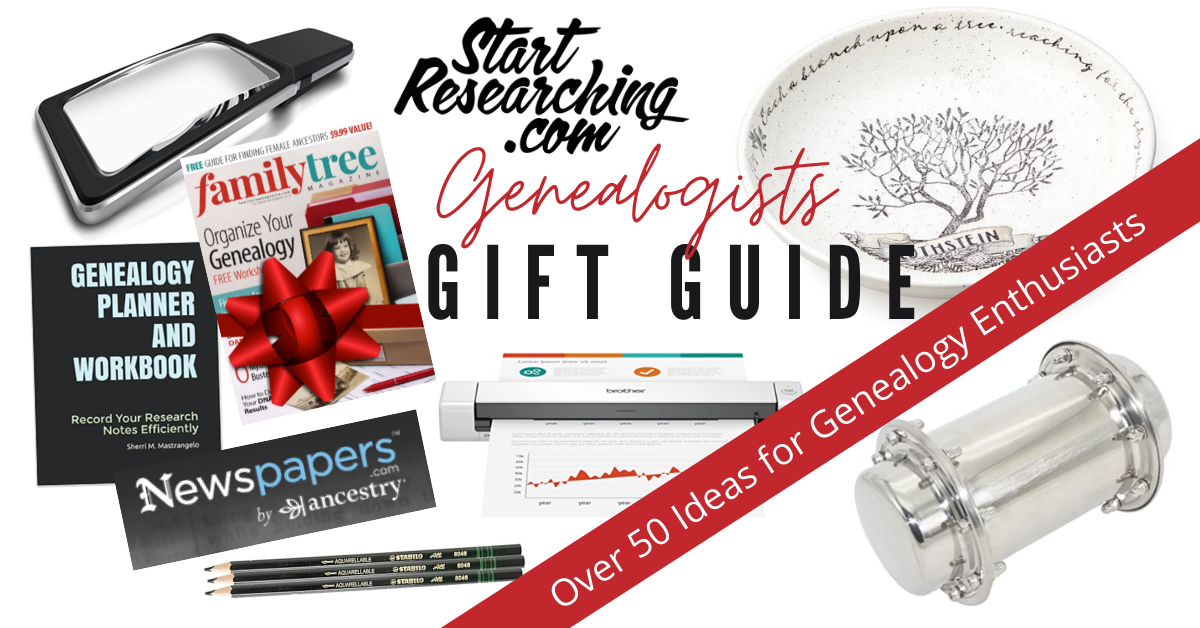




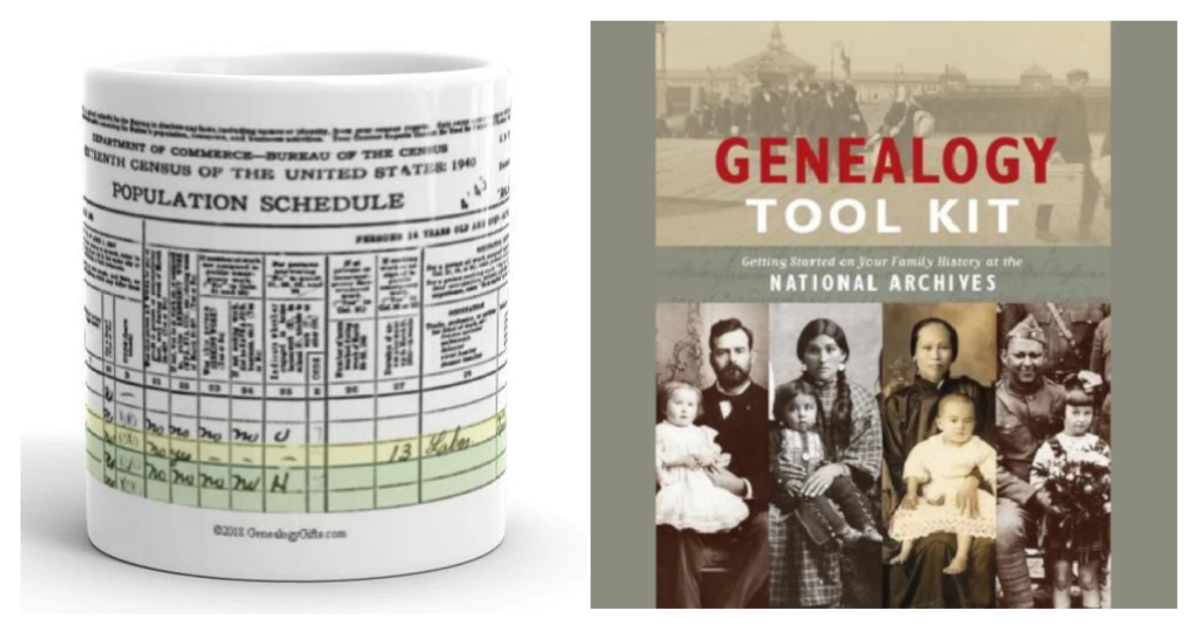
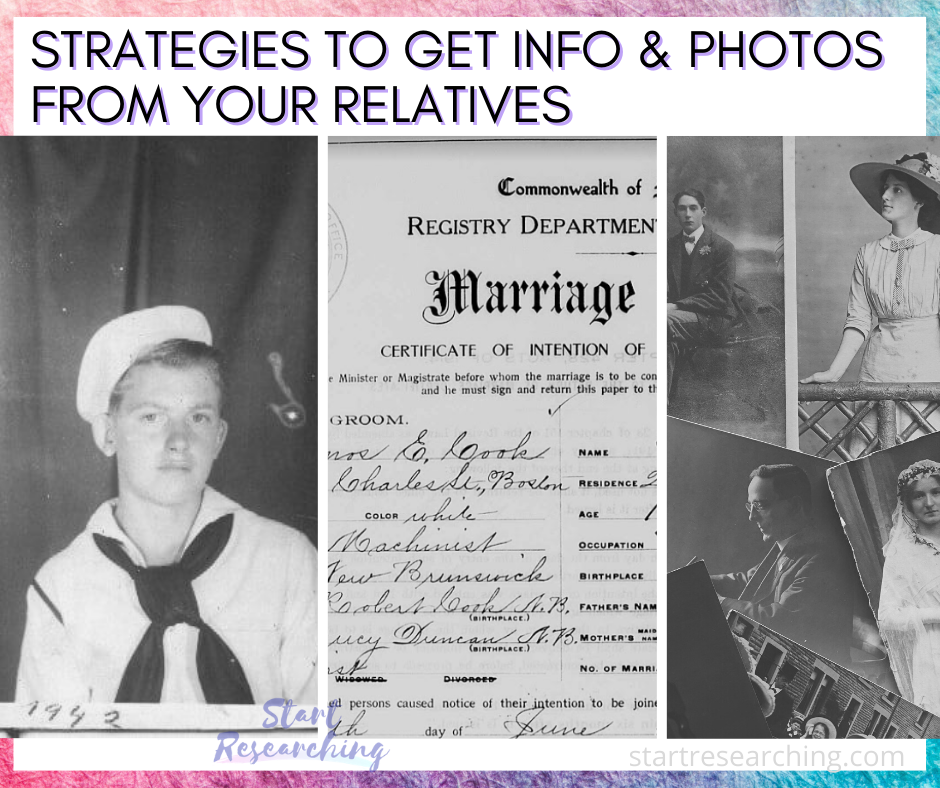


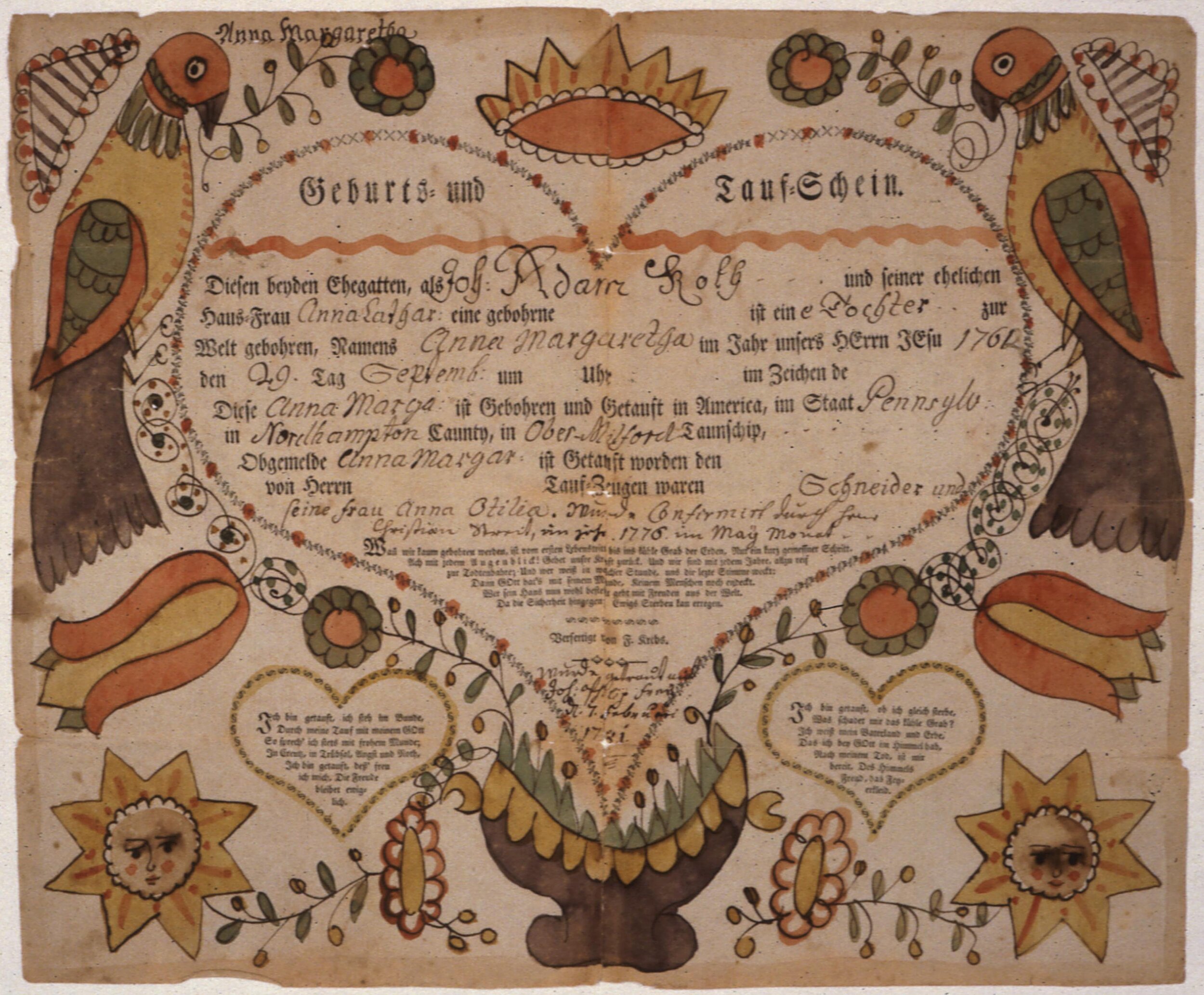


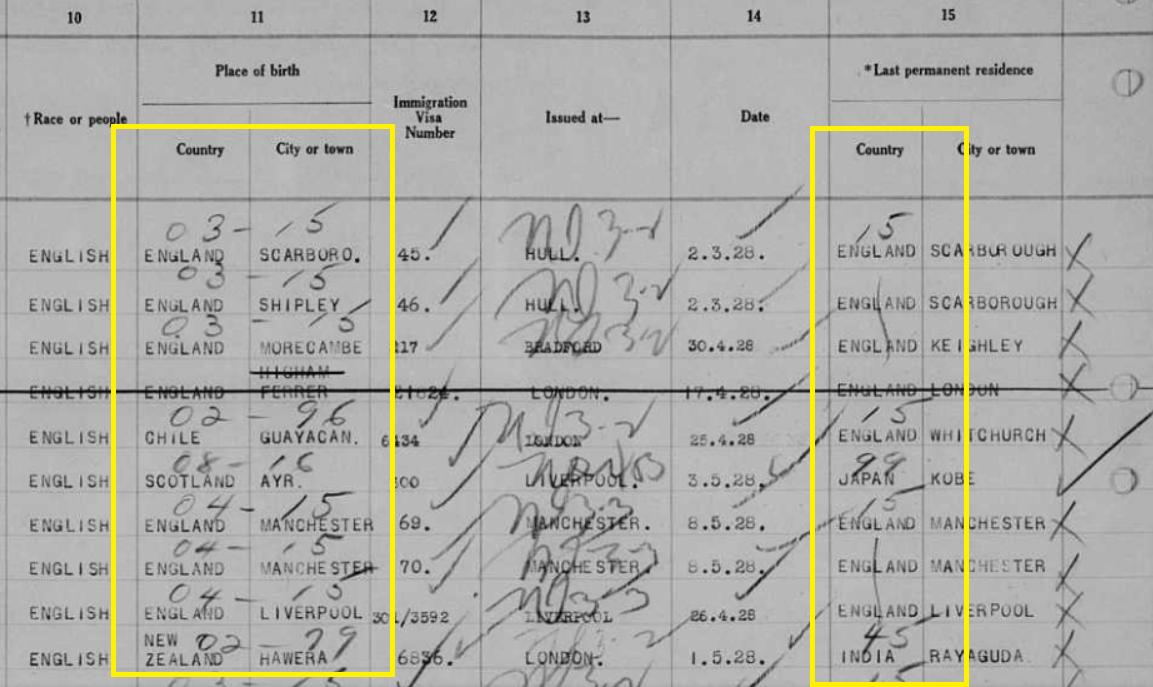





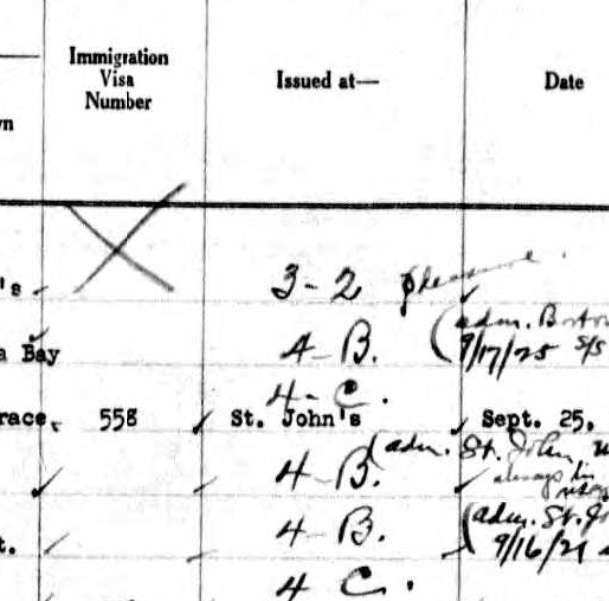








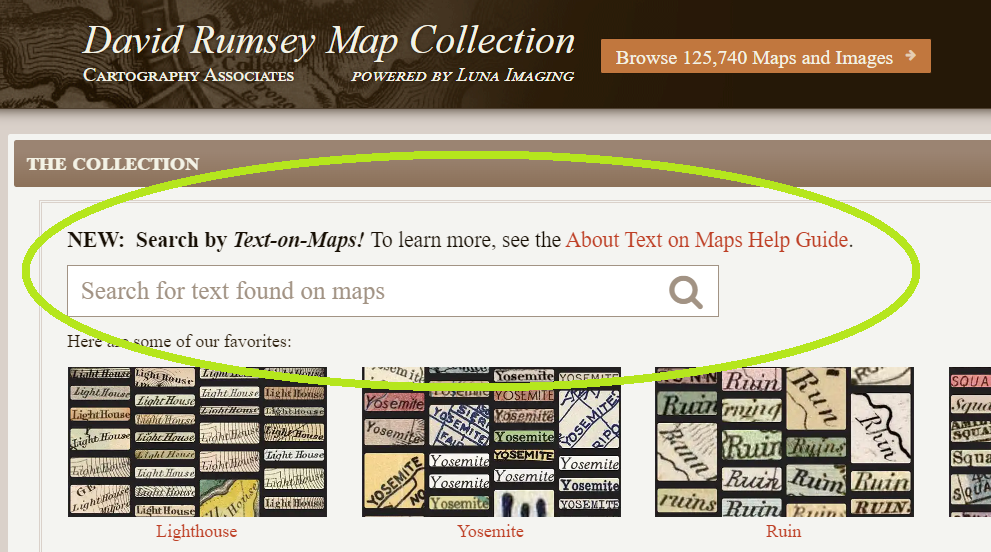



![Caption reads “Henry Standing Bear [Top], Wounded Yellow Robe [Left] Chancy Yellow Robe [Right]: Sioux boys as they entered the school in 1883 [on the left side], Three years later [on the right]”. As found on the Internet Archive, in the book “Souvenir of the Carlisle Indian School” by J.N. Choate, 1902.](https://images.squarespace-cdn.com/content/v1/5e18c9db5f83dc089c81b8bb/1627336381892-SAHIE4QPCUEZIKRP4ANQ/yellow+robe.png)




